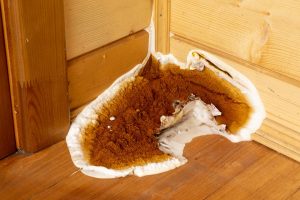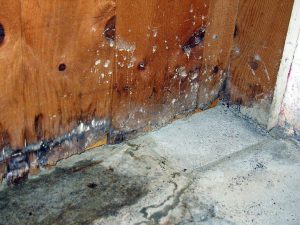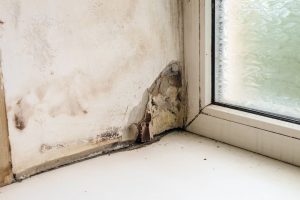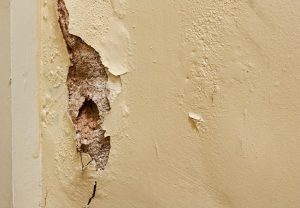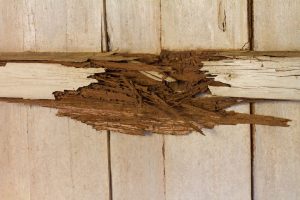The Advantages Of Rot Treatment
Rot is often an issue for old timber, and requires treatment as fast as possible in order to preserve and prevent unnecessary damage. The UK has an extremely high number of old and listed buildings, and within these structures lies old, untreated timber. As a result of this, rot treatment is often needed to help sustain the protection of these historical buildings.
If you own a property like this or suffer from rot in your home, read on to discover all the benefits that professional rot treatment can bring.
What Is Rot Treatment?
Rot treatment is a process that involves inspection, preparation and removal. Depending on the severity of the rot, and whether it’s dry or wet, will dictate how the treatment takes place. Unfortunately, once the type of rot has been identified, some of the timber will need to be removed. This is done to establish uninfected, structurally viable parts. As a result, highly embedded rot will often lead to the complete removal and replacement of timber. Furthermore, this emphasises the need for professional rot treatment as soon as possible to salvage any undamaged components.
The Different Kinds Of Rot
There are two main types of rot which infect timber, dry and wet. Both species have individual characteristics and will need to be treated in different ways. Please read below for further information on the specific types of rot within a home.
Wet Rot
Wet rot occurs in a damp home. Timber that’s retaining moisture can result in wet rot, and is extremely dangerous to the structural integrity of the timber, and the health of those who live within the home. You can identify it through its smell and visible white mould. Often the best treatment of wet rot is prevention once infected areas are removed. Due to wet rot thriving in wet, poorly ventilated areas, damp proofing and fan systems are usually favoured in these kinds of situations.
Dry Rot
Dry rot is the more dangerous of the two due to its subtle signs. It can penetrate structural timber and jeopardise it at an alarming rate. Signs of dry rot can be damp smells, piles of dust around timber and brittle, cracked wood. Although dry rot is not as dangerous to the health of inhabitants, it is far worse for the timber itself, usually due to being spotted too late. That’s why we advise you to keep an eye out for dry rot indicators so you can get ahead of it with professional rot treatment.
Contact Orchard Preservations For Professional Rot Treatment
We offer professional services carried out by trained and knowledgeable tradesmen. If you’re looking for a business that prioritises the health of our customers along with high-quality efficient work, then get in touch with Orchard Preservations today.


